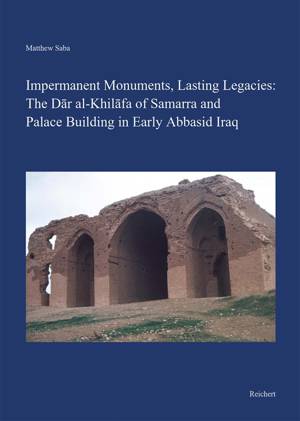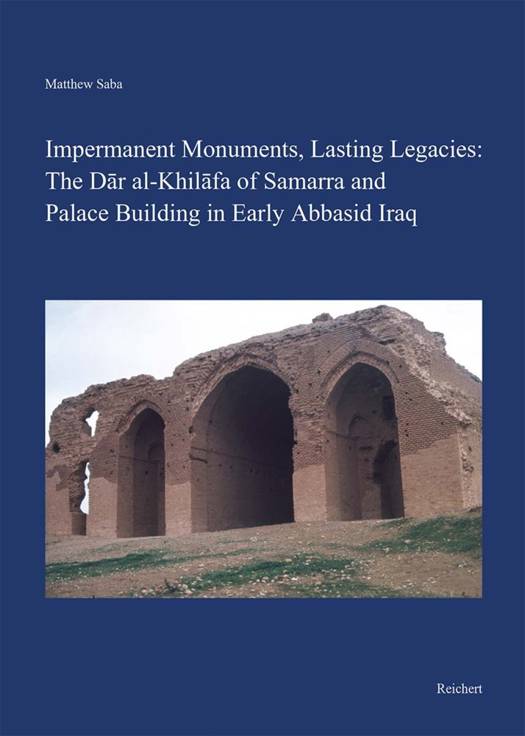
- Retrait gratuit dans votre magasin Club
- 7.000.000 titres dans notre catalogue
- Payer en toute sécurité
- Toujours un magasin près de chez vous
- Retrait gratuit dans votre magasin Club
- 7.000.0000 titres dans notre catalogue
- Payer en toute sécurité
- Toujours un magasin près de chez vous
Impermanent Monuments, Lasting Legacies
The Dar Al-Khilafa of Samarra and Palace Building in Early Abbasid Iraq
Matthew Saba
329,45 €
+ 658 points
Description
This book offers a new interpretation of the palaces built by the Abbasid dynasty of Iraq at the apex of its political power from 750 to 900 A.D., focusing on the main palace of Samarra, the Dar al-Khilafa, as a case study. Early Abbasid palaces are known for their massive footprints, elaborate floorplans, and extensive decoration on the one hand, and for their speedy construction, uneven quality, and brevity of courtly occupation on the other. This study argues that these palaces reveal a concept of monumentality endemic to their era that did not assume the long-term permanence of the building. Rather, such palaces, conceived by their patrons and architects as "impermanent monuments," were designed to create legacies of imperial power through the performative act of construction itself, the presentation of the finished product to select audiences during spectacular events, and the slow decay of their extensive ruins over time. These structures utilized large expanses of empty space combined with the elaboration of ceremonial protocols and the impact of innovative but often repetitive and inexpensive ornament to make a powerful impression without investing heavily in configurations of space or details of decor that might not survive. It was the words of viewers about these structures, either in the form of anecdotes or poetry, that the Abbasids understood to be truly permanent, and some caliphs encouraged the creation of elaborate poems to extend the impact of these palaces far beyond their anticipated use as courtly residences. Considering these palaces in light of coeval ideas about monumentality and memory, this study advances knowledge on an important period in the history of Islamic architecture that has been difficult to approach due to the complexity of the archaeological and literary evidence. To this end, the book includes an inventory of some of the architectural ornament found in the Dar al-Khilafa of Samarra during the excavations of Ernst Herzfeld, offering a presentation of that material based on findspot. This study's synthesis of archaeological evidence, primary sources, and secondary literature raises fresh questions regarding the temporality of palace architecture in the pre-Modern Islamic world-a phenomenon not limited to the Abbasid period-and offers a counterpoint to notions of the monument as a permanent, unchanging structure. It will be of interest to historians of pre-Modern architecture, as well as scholars of Arabic literature interested in the relationship between poetry and other art forms.
Spécifications
Parties prenantes
- Auteur(s) :
- Editeur:
Contenu
- Nombre de pages :
- 216
- Langue:
- Anglais
- Collection :
- Tome:
- n° 3
Caractéristiques
- EAN:
- 9783954905195
- Date de parution :
- 25-03-22
- Format:
- Livre relié
- Format numérique:
- Genaaid
- Dimensions :
- 214 mm x 19 mm
- Poids :
- 16687 g

Les avis
Nous publions uniquement les avis qui respectent les conditions requises. Consultez nos conditions pour les avis.






